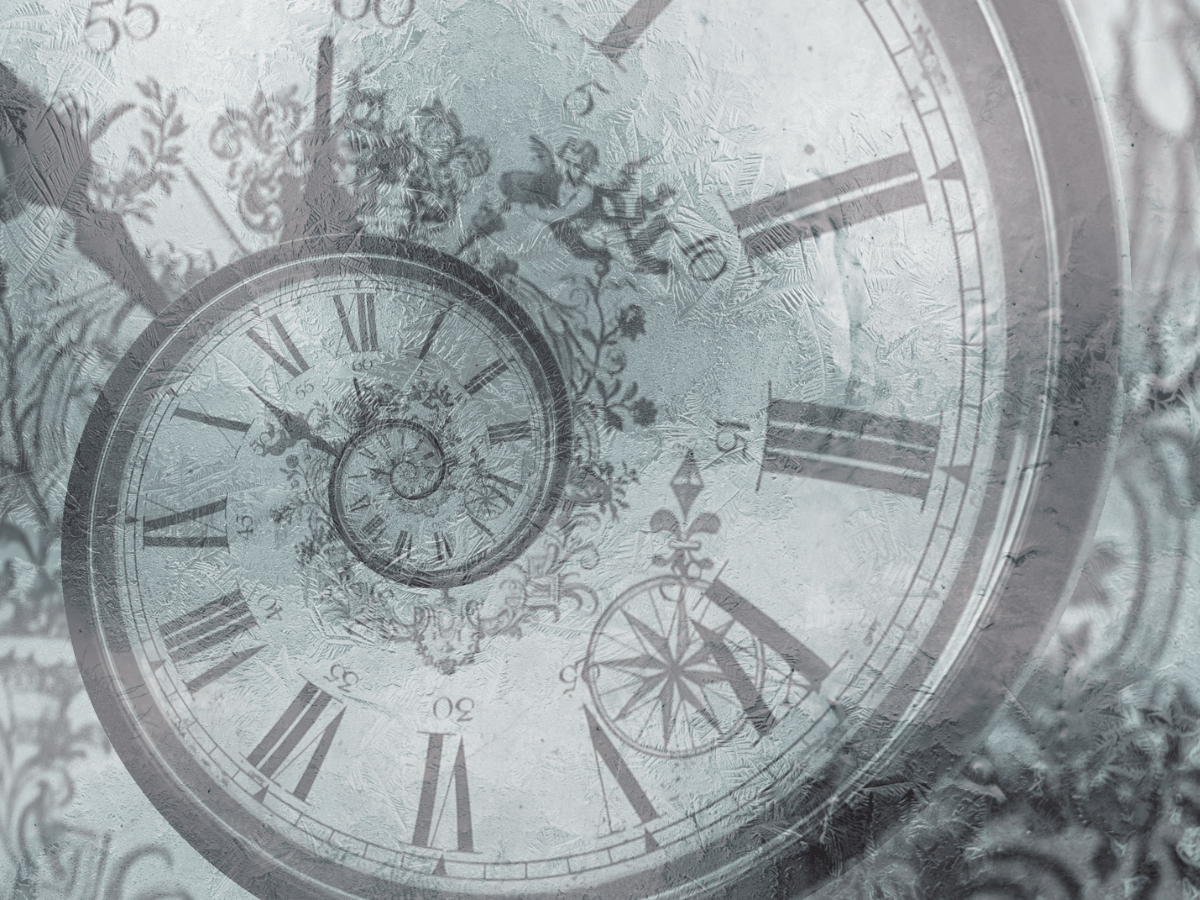November 21, 2022
By: ReproTech
CNN reported that twins were recently born from 30-yr-old embryos (cryopreserved on April 22, 1992) to couple Philip and Rachel Ridgeway. This broke the previous record of a birth from a 27-year-old embryo. At ReproTech, we love stories like these because we live and breathe cryopreservation! We specialize in the cryostorage of human reproductive tissues. You may wonder how long an embryo can be frozen and remain viable after so many years. How are embryos frozen, and do they result in a pregnancy as often as a fresh embryo? And last, how does ReproTech fit into the family-building journey? We’re here to give you a quick overview!
How long can frozen embryos be stored?
It’s incredible to think that embryos can be preserved for 30 years and still be viable! Dr. Gordon, the physician of Rachel Ridgeway, said, “If you’re frozen at nearly 200 degrees below zero, I mean, the biological processes essentially slow down to almost nothing. And so perhaps the difference between being frozen for a week, a month, a year, a decade, two decades, it doesn’t really matter.” We love Fertility Specialist Dr. Jim Toner’s way of confirming this, “It doesn’t seem like a sperm or an egg or embryo stored in liquid nitrogen ever experiences time. It’s like that Rip Van Winkle thing. It just wakes up 30 years later, and it never knew it was asleep.”
Evidence has overwhelmingly shown time and time again that once embryos have been frozen, they can be stored indefinitely.
How does embryo cryopreservation work?
Embryo freezing, or embryo cryopreservation, is the process of preserving embryos by cooling them to deep sub-zero temperatures (-320 degrees Fahrenheit). Once the embryos are frozen, they are placed in long-term cryostorage. When the decision is made to use the embryos, they are taken out of storage, thawed, and transferred.
Are frozen embryo transfers as successful as fresh embryo transfers?
The short answer is yes. A growing number of IVF specialists recommend that some patients consider frozen transfers instead of fresh ones. The success rates for both procedures are very similar.
Where does ReproTech fit into the embryo-freezing process?
ReproTech has been a part of countless family-building journeys, cryostoring human reproductive tissues for over 30 years. We’ve seen first-hand that cryostorage is an effective way for people to preserve the chance of having a family of their own someday! With five secure cryostorage facilities strategically located across the U.S., we are more accessible than ever to individuals and clinics looking for a safe, long-term solution for storing their embryos and other reproductive tissues. We welcome you to reach out with any questions about how ReproTech’s services can work for you in your family-building journey.

